From pv magazine Global.
Scientists at Hungary’s Szent István University and the Eindhoven University of Technology, in the Netherlands, have conducted a 12-year assessment of solar module degradation rates at an off-grid solar power generator located in Koforidua, in the Eastern Region of Ghana.
The main goal of the research was to measure the levels of PV module degradation in hot, humid, tropical climates.
The ground-mounted PV system is relying on 50 W solar panels from U.S. manufacturer Helios mounted at an angle of 15 degrees. “Each PV module is made of tempered front glass, ethylene-vinyl acetate (EVA) encapsulant, polymer back sheet and aluminum frame,” the researchers explained, adding that all the modules were electrically isolated from each other and investigated individually.
The I-V and P-V characteristics of the modules were taken through an I-V curve plotter simultaneously with irradiation data and the temperature of panels. Temperature sensors were also attached to the back of the modules and thermography analysis was performed by infrared (IR) camera. “The IR images reveal PV modules affected by hotspot, inhomogeneity in cell temperature, open-circuited bypass diode, potential induced degradation, broken cells [and] heated bypass diodes and cables,” the academics specified.
The measurements were conducted at midday and on a clear day, to prevent high deviations that may occur when low irradiation figures are translated to standard test conditions.
According to the Dutch-Hungarian team, the test results showed that PV module yield declined by between 34.6% and 41.4%, and that annual average loss was 3.19%. The drop in short circuit current (Isc) was between 7.1% and 16.4% while the open-circuit voltage (Voc) fell between 11.4% and 17.1%. “The decline in the fill factor (FF) was between 11.3% and 24.2%,” it further explained. “On average, the decline in FF was the most significant, followed by the Voc and then the Isc, as the least declined.”
The most frequent failures detected by the researchers were EVA browning, cell-interconnect ribbon browning and the corrosion of solder bonds.
The findings of the research were presented in the study Analysis of long-term performance and reliability of PV modules under tropical climatic conditions in sub-Saharan, published in Renewable Energy.
In March, researchers from Ghana’s Kwame Nkrumah University of Science and Technology, in Kumasi, and the U.K.’s Teesside University identified parameters and techniques they say could be used to design and manufacture robust, moisture-resistant PV modules for the tropics.
This content is protected by copyright and may not be reused. If you want to cooperate with us and would like to reuse some of our content, please contact: editors@pv-magazine.com.

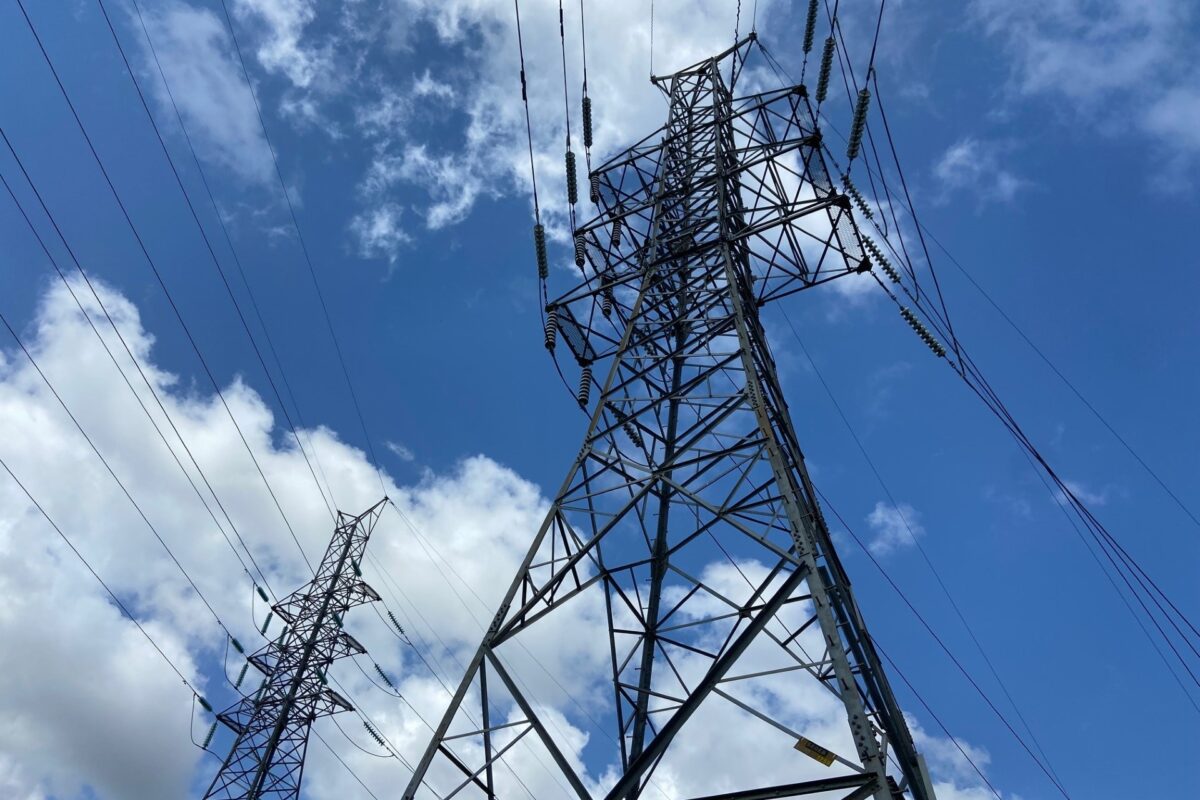


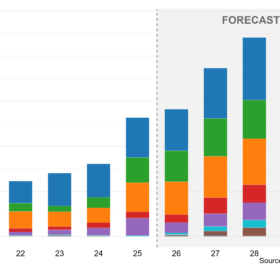
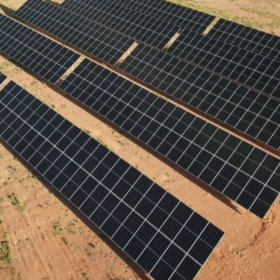
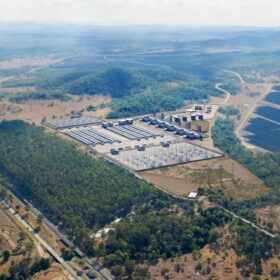
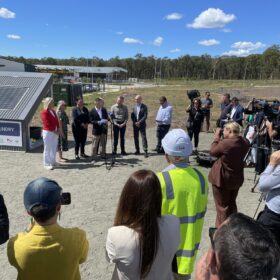
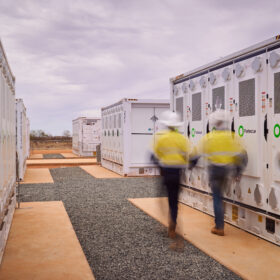
In the Tropics, the sun is at the Zenith every day of the year rather than durring the Summer months only in the Northern and Southern hemisphere. Moisture can leak through the Diode junktion box and corode the conductors inside of the panels and degrade the copper. Using highly conductive Gold enterance leads can stop the leaching of the copper conductors inside the panels but would add to the cost of the panels. The best bet is to change out the panels just like you change out the batteries on an off grid system every 10 to 12 years. Older discarded solar panels can be re-purposed as solar roofing tiles on buildings.
The results of the study should be tempered against the facts that 1) only four Helios H750 50-watt modules were included in the study and 2) no failure mechanism was identified to explain the significant loss in power output over the 12-year period. It is just as likely that there were errors in the measurement methods such as I-V curve tracer inputs or calibration of the equipment used. While some data in other studies suggest higher annual degradation of PV modules in hot/humid climates, this hypothesis need MUCH more investigation.